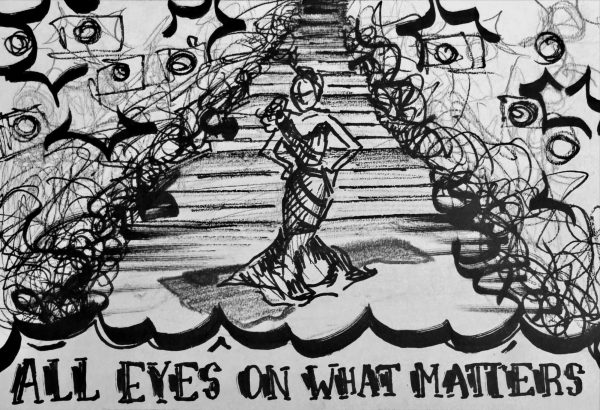Learning from our many mistakes
That’s a question I have asked myself repeatedly in response to the senseless displays of violence we have seen in the Middle East. It’s a question I ask myself every time I see the dreaded black flag of ISIS and their sickening media campaign to create terror in the hearts of those who oppose their radical views. It’s a question I ask myself every time my heart is torn into pieces by the testimony of innocent Syrians caught in the crossfire between an abusive government and rebel groups who’ve learned they must fight fire with fire.
Was it during the unrest that ran rampant across North Africa and the Middle East during the spring of 2011? One by one the dominoes fell and the leaders of the Arab League saw their day of reckoning was imminent. In Egypt, long-reigning President Hosni Mubarak was ousted after bloody protests finally forced him to resign. The president of Yemen, Ali Abdullah Saleh also resigned after months of violence forced him to cede power to a newly established government. Then came the big fish — Muammar Gaddafi, killed by rebels en route to the overthrow of his regime.
I tried to understand why these conflicts were resolved so quickly compared to the Syrian crisis that has emrboiled the entire region and effectively paved the way for a global terrorist network to thrive.
What always confused me was why the United Nations was quick to adopt a security resolution to protect civilians in Libya while ignoring the atrocious acts being committed against Syrians by the Assad regime. In fact, one week prior to the U.N. meeting and adopting Security Resolution 173, 15 students were arbitrarily held on counts of sedition and subsequently tortured. It’s absurd when you realize how steadily the situation escalated, yet where were we? Where was the coalition to overthrow Assad?
Nothing was done, unless you count sanctions put forth by the Obama administration on May 2011, which were aimed at the “Syrian government’s weapons proliferation, involvement in terrorist activities, and its ongoing widespread and systematic attacks on Syrian civilians”. A lukewarm response to actions that were completely abominable.
If the U.S. intervened while the Assad regime committed a purge against dissidents and before Islamic militants began to exploit the conflict, this “proto-world war” may not exist as it does today. The U.S. decided that it’s military might will not be provoked by the murder of innocents, only when it became clear that our “gains” in Iraq would be completely unraveled did we choose to finally interfere.
The conflict in Syria and Iraq are intrinsically linked. The Islamic state has filled a void left by the decline of Al-Qaeda in the region. They operate as a fully functional state complete with their own passports to signify their self-appointed legitimacy as a nation- state. They play the capitalist game well, funding their activities through extortion and black market trading. ISIS is a monster indirectly grown by the U.S. and it’s utter failure of foreign policy. The leadership of Isis has exploited the frustrations of Muslims across the world towards the west. Their widely publicized use of social media has influenced thousands who would otherwise be isolated from their insidious teachings.
So here we are in 2016, almost five years from the beginning of the Syrian Civil War, and what has been gained? Nothing. Two countries are being torn asunder while the global powers of the east and west engage one another in a proxy war akin to the Cold War. How far have we really come? The world today feels more contentious than it ever has been, even during both world wars and the threat of nuclear annihilation from Russia.

